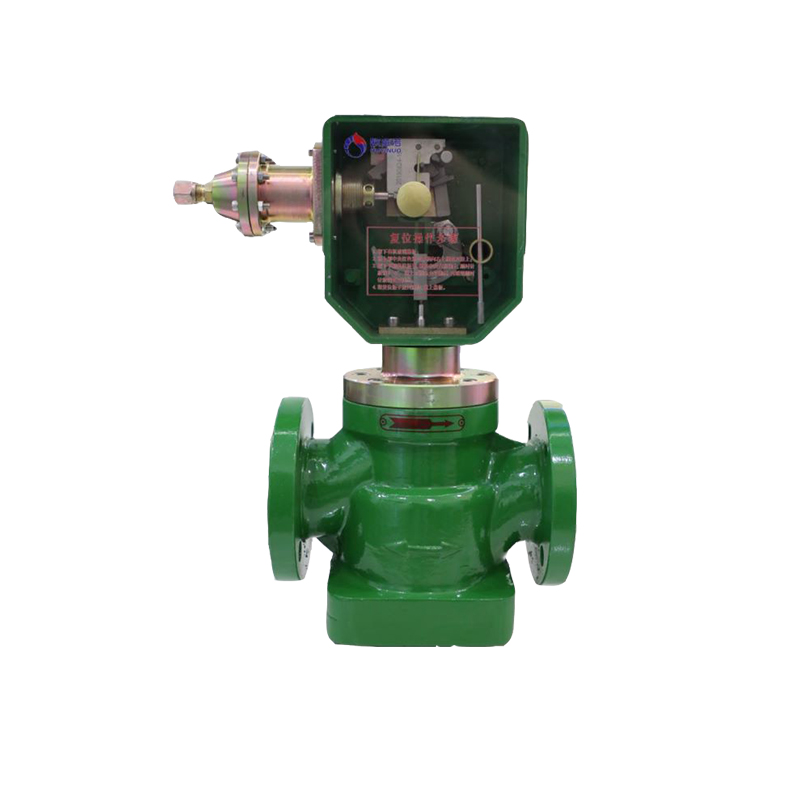
Dec . 05, 2024 15:10
Back to list
Pressure Relief Valve Solutions for Optimal Safety and Performance
Understanding Pressure Relief Valves Function, Importance, and Applications
Pressure relief valves (PRVs) are crucial safety devices used in various industries to protect equipment and personnel from the dangers of overpressurization. These valves are designed to automatically release excess pressure from a system, ensuring that pressure levels remain within safe operating parameters. This article explores the function, importance, and various applications of pressure relief valves.
Function of Pressure Relief Valves
The primary function of a pressure relief valve is to prevent the pressure within a system from exceeding a predetermined limit. When the pressure rises above this threshold, the valve opens, allowing excess pressure to escape. This release mechanism is typically triggered by the buildup of pressure due to factors such as thermal expansion, equipment failure, or blockages in the system.
PRVs can operate in different ways some are spring-loaded, while others may rely on weight or pneumatic control mechanisms. A spring-loaded PRV, for example, uses a spring to resist pressure until the system exceeds the set point, at which point the valve opens. The design and operation of a PRV can vary significantly depending on the specific application and the conditions it must withstand.
Importance of Pressure Relief Valves
The importance of pressure relief valves cannot be overstated. They play a vital role in maintaining the safety and integrity of systems, particularly in industries such as oil and gas, chemical processing, and power generation. Without adequate pressure relief mechanisms, equipment may fail catastrophically, leading to leaks, explosions, or other hazardous situations.
.
Furthermore, PRVs are essential for improving operational efficiency. By maintaining optimal pressure levels, these valves can help prevent system downtime and equipment wear, ultimately leading to cost savings and extended equipment lifespans.
صمامات تخفيف الضغط

Applications of Pressure Relief Valves
Pressure relief valves are utilized in a wide array of applications across multiple industries
1. Oil and Gas In the oil and gas sector, PRVs are critical for preventing overpressure in pipelines and processing facilities. They ensure that any excess pressure is safely released, protecting both infrastructure and personnel.
2. Chemical Processing In chemical plants, PRVs safeguard reactors, distillation columns, and storage tanks from excess pressure, which could result from reactions or operational anomalies.
3. Power Generation Power plants use PRVs in steam and gas systems to mitigate the risk of overpressure, ensuring safe and efficient operation of turbines and other equipment.
4. Water and Wastewater Management In municipal water systems, PRVs help regulate pressure, preventing pipe bursts and ensuring a consistent water supply for communities.
5. Manufacturing Various manufacturing processes require precise pressure control. PRVs are commonly used in hydraulic systems, compressors, and boilers to maintain safe operating conditions.
Conclusion
In conclusion, pressure relief valves are indispensable components in maintaining safety and efficiency across numerous industries. They play a crucial role in preventing overpressurization, thus protecting equipment, personnel, and the environment. As industries continue to evolve and expand, the need for reliable and effective pressure relief systems will remain a top priority. Ensuring the proper selection, installation, and maintenance of PRVs is essential for operational success and safety in any high-pressure environment.
Next:
Latest news
-
Safety Valve Spring-Loaded Design Overpressure ProtectionNewsJul.25,2025
-
Precision Voltage Regulator AC5 Accuracy Grade PerformanceNewsJul.25,2025
-
Natural Gas Pressure Regulating Skid Industrial Pipeline ApplicationsNewsJul.25,2025
-
Natural Gas Filter Stainless Steel Mesh Element DesignNewsJul.25,2025
-
Gas Pressure Regulator Valve Direct-Acting Spring-Loaded DesignNewsJul.25,2025
-
Decompression Equipment Multi-Stage Heat Exchange System DesignNewsJul.25,2025

